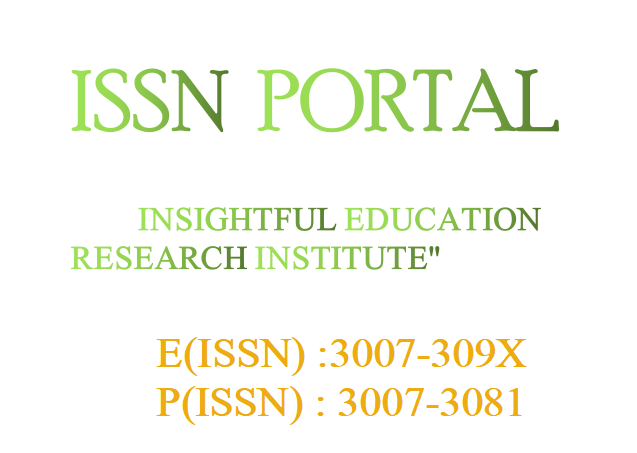ANTIMICROBIAL AND ANTI-BIOFILM POTENTIAL OF Physalis philadelphica LEAF EXTRACT AGAINST Staphlococcocu aureus
DOI:
https://doi.org/10.63075/gy124m07Keywords:
Physalis philadelphica, Antimicrobial activity, Staphylococcus aureus, Biofilm inhibition, Medicinal plantsAbstract
Plants and their components play a important role in human and animal health, as well as in microbial control. With the rise of drug-resistant organisms, there is an urgent need to find new, effective antimicrobial drugs. Medicinal plants have become a primary source for natural treatments of bacterial diseases. These plants provide a variety of drugs, with plant extracts being substances that carry active properties.’Physalis philadelphica’ is used as a medicinal plants in Pakistan. This study aimed to investigate the antimicrobial activity of ’’ Physalis philadelphica ‘’ leaf extracts against our pathogenic bacteria i-e Staphylococcus aureus and to determine biofilm control potential of plant extract against Staphylococcus aureus . Growth assay was carried out for quantification of biofilm in microtiter plates. At a lower concentration (50 mg/ml) plant show 15.71%,at 600 mg/ml show 96.14% reduction in Growth. Well Diffusion assay was carried which indicate that at 600 mg/ml concentration the zone of inhibition was about 1.9 mm and in positive cintrl we get 3.00 mm zone ,For Disc diffusion assay we obseved 2.99 mm positive contriol ,zero in negative control ans at 50 mg/ml we get 0.6 mm and at 600 mg/ml having 1.2 mm zone of inhibition.Crystal vio/let asssay we observed that in control group zero% in growth reduction and at 50 and 600 mg/ml we get 1% and 68.38 %growth reduction. In Petri dish biofilm microscopic examination of biofilm revealed a progressive decreased in biofilm density with incresaing concentration of extract Protein and Polysaccharide Production Estimation ,for protein we observed at 50 mg/ml 3.97 % and at 600 mg/ml 81.95 % reduction in Growth ,for that at 50 mg/ml and 600 mg/ml we get 2.05 % and 55.94 % reduction in growth was observed .These findings highlight the potential of Physalis philadelphica as effective agents against S. aureus infections, especially those involving biofilms. Physalis philadelphica used increased their efficacy, emphasizing their potential as antimicrobial and anti-biofilm agents against Staphylococcus aureus.







